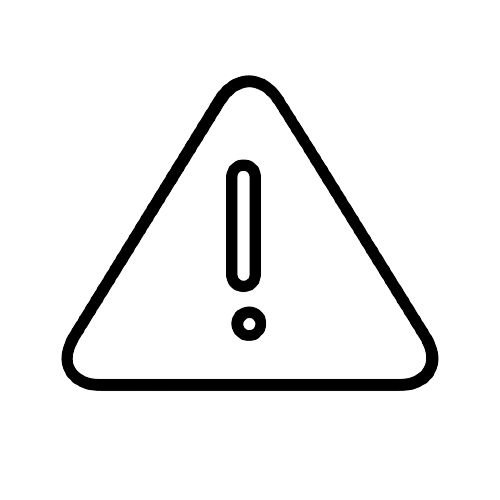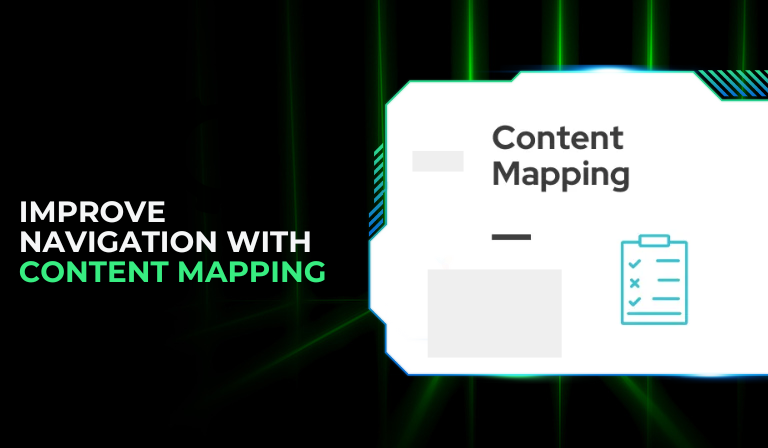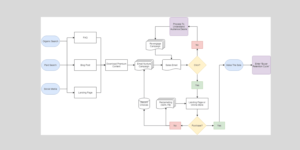In the world of digital marketing, content mapping plays a crucial role in ensuring that your audience finds the right information at the right time. Whether you’re aiming to enhance user experience or boost conversions, understanding content mapping can significantly impact your strategy.
This comprehensive guide will walk you through the fundamentals of content mapping, its importance, and how you can effectively implement it for your website.
What is Content Mapping?
Content mapping is the strategic process of planning and organizing your content to address the needs of your target audience throughout their buyer’s journey.
It involves creating a roadmap that aligns different types of content with specific stages of the customer lifecycle, from initial awareness to final purchase and beyond.
Why is Content Mapping Important?
Content mapping is not just about filling your website with articles and blog posts. It’s about delivering value to your audience at every touchpoint and guiding them seamlessly through their journey. Here are key reasons why content mapping is crucial:
Targeted Content Delivery:
By understanding your audience’s needs and pain points, you can create content that resonates with them at each stage of their decision-making process.
Enhanced User Experience:
Organizing content logically improves navigation on your website, making it easier for visitors to find relevant information quickly.
Improved SEO:
Strategic content mapping can boost your search engine rankings by ensuring that each piece of content is optimized for specific keywords and search intent.
Increased Conversions:
Relevant and timely content helps move prospects closer to conversion by addressing their concerns and providing solutions.
How to Create a Content Map
Now that we’ve covered the importance of content mapping, let’s explore how you can create an effective content map for your website:
Identify Your Target Audience
Before creating content, you need a clear understanding of who your target audience is.
Develop buyer personas based on demographic data, interests, behaviors, and pain points. This will guide your content creation process and ensure that you’re speaking directly to the right people.
Consider the Path to Purchase
Map out the typical path your customers take from awareness to conversion. Identify key touchpoints where you can influence their decision-making process with relevant content.
This could include informational blog posts, comparison guides, product demos, and testimonials.
Brainstorm User Questions
Anticipate the questions your audience is likely to have at each stage of their journey. Address these questions through your content to provide valuable information and build trust.
Use tools like keyword research and customer surveys to uncover common queries and pain points.
Identify Content Types for Each Funnel Stage
Tailor your content types to align with the stages of the sales funnel: top of funnel (awareness), middle of funnel (consideration), and bottom of funnel (decision). For example:
- TOFU (Top of Funnel): Educational content, blog posts, infographics
- MOFU (Middle of Funnel): Case studies, product pages, webinars
- BOFU (Bottom of Funnel): Free trials, demos, pricing pages
List Topic Ideas
Based on your content types and funnel stages, brainstorm specific topics that address your audience’s interests and pain points.
Use keyword research tools to identify relevant topics and ensure your content is optimized for search engines.
Establish Goals and Measurements
Set clear goals for each piece of content and define how you will measure its success. Whether your objective is to increase traffic, generate leads, or drive sales, having measurable goals will help you evaluate the effectiveness of your content map.
FAQs
Q1: How often should I update my content map?
Regularly review and update your content map to reflect changes in your audience’s needs, industry trends, and business goals. Aim for quarterly reviews to ensure your content remains relevant and effective.
Q2: Can content mapping help with SEO?
Yes, content mapping is a powerful SEO strategy as it allows you to create targeted content around specific keywords and search intents. This helps improve your website’s visibility and rankings on search engine results pages (SERPs).
Q3: What tools can I use for content mapping?
There are several tools available to assist with content mapping, including content management systems (CMS), SEO tools, and project management software. Popular options include HubSpot, SEMrush, and Trello.
Conclusion
Content mapping is more than just organizing content—it’s about creating a strategic roadmap that guides your audience from discovery to conversion.
By understanding your audience, mapping their journey, and delivering relevant content, you can enhance user experience, improve SEO, and drive business growth. Start implementing content mapping today to unlock the full potential of your digital marketing efforts.





